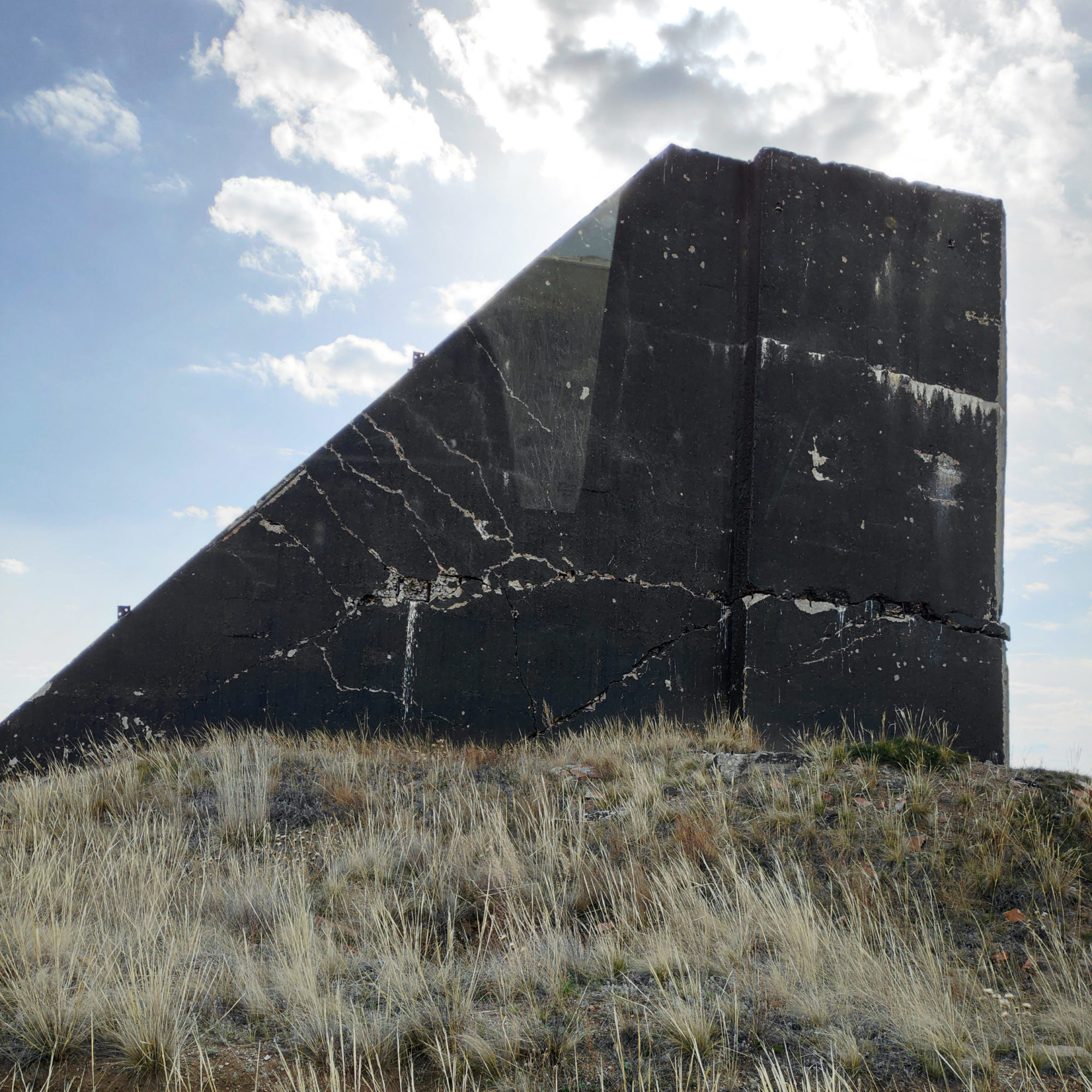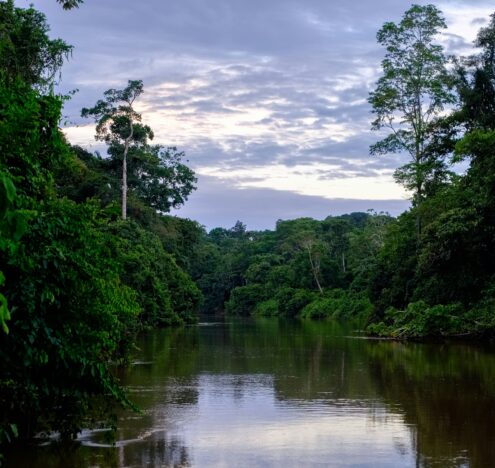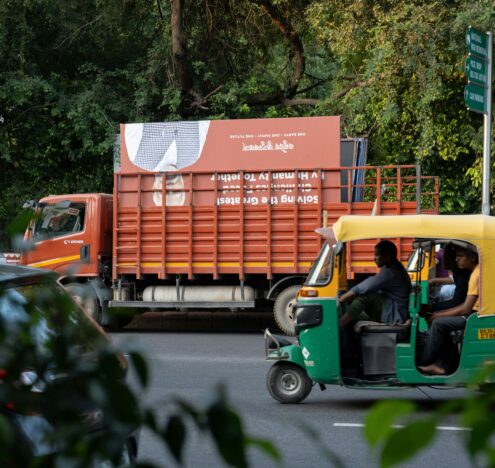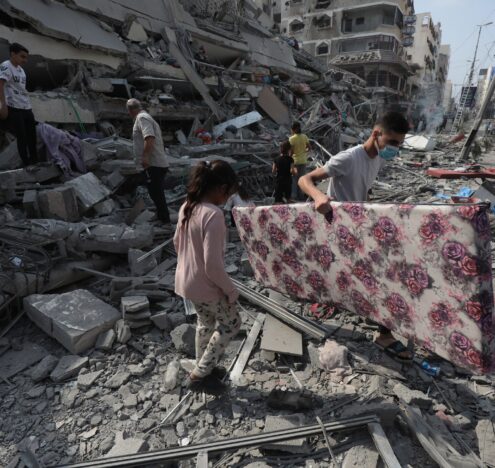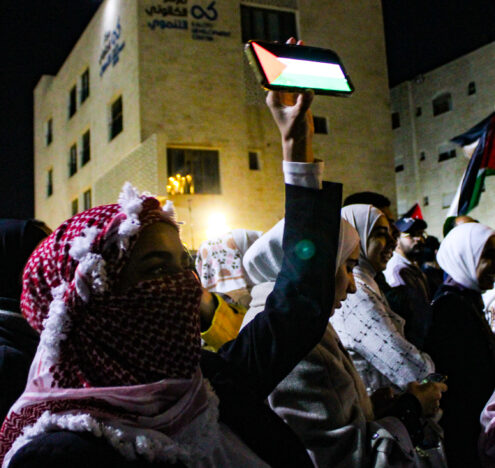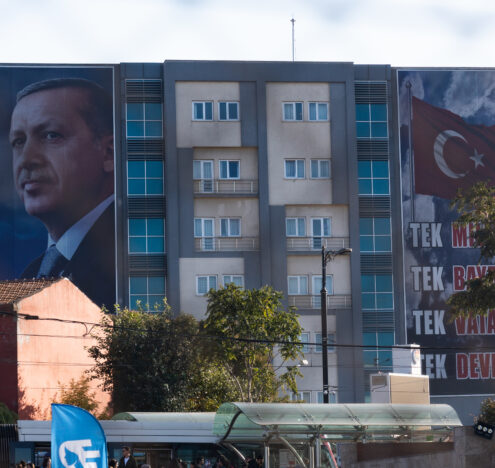Every year since 2010, on August 29, Kazakhstan’s gift to the world is on display — the International Day Against Nuclear Tests. This gift, based on a rejection of the most destructive, indiscriminately life-threatening weapons ever made, is a reminder that the development, production, testing, stockpiling and use of nuclear weapons undermines true security, wreaks death, destruction, and incalculable suffering on people around the world, and jeopardizes the survival of life on earth.
In an age beset by mounting crises and rapidly deteriorating social and natural systems, it can be easy to forget that in the “good old days” (pre-2020), in an effort to develop and expand their nuclear arsenals, between 1945 and 2017, nine countries conducted more than 2,000 nuclear weapons tests — half of them by the United States.
In the early days, the first five nuclear nations embraced the practice of testing these weapons far from their own centers of power and population in someone else’s homeland. For decades, the US, UK, and France tested nuclear weapons on the Pacific atolls Bikini, Enewetak, Kiritimati, Fangataufa, and Mururoa, and in the deserts of Algeria, Australia, and the American southwest. China carried out its tests at an evaporated salt lake called Lop Nur in Xinjiang, the home of the Uighurs.
For the Soviet Union, the steppe of northeast Kazakhstan (at the time Kazakh Soviet Socialist Republic) — was their “proving grounds” — at a place called the Semipalatinsk Test Site, also known as the Polygon, the Russian word for military training site. The Polygon was enormous — 18,000 square kilometers — nearly twice the size of Puerto Rico, and it was 3,500 km (2,100 miles) from Moscow — providing anonymity and isolation on a vast, flat landscape — the kind of place nuclear planners often misleadingly described as “uninhabited.” From the Soviet perspective, it was the ideal place to test nuclear weapons.
Between August 29, 1949 and the Polygon’s closure on August 29, 1991, the Soviet Union conducted 456 nuclear tests (over 100 of them atmospheric) in a land that was the cradle of Kazakh literary and intellectual culture. Little notice was given to the fact that it was also the birthplace of renowned poets Mukhtar Auezov, Shakarim Kudaiberdiuly, and Abai Kunanbayev, the father of Kazakh literature and thought (imagine testing nuclear weapons at Stratford-upon-Avon).
What Soviet nuclear planners considered barren and empty was, for its inhabitants, an ancient, sacred landscape that supported traditional pasturelands for raising horses, sheep, goats, cattle and occasionally camel. The steppe was also home to relict pine forests along the Irtysh River with patches of spruce, fir, aspen, and elm. Saiga antelope, Argali sheep, elk, and lynx roamed the land, as birds of prey soared overhead.
Four decades of nuclear weapons testing transformed the Soviet Union into a power to rival the US, but it also poisoned the air, water, and land and sowed seeds of misery and death for 1.5 million people.
Four decades of nuclear weapons testing transformed the Soviet Union into a power to rival the US, but it also poisoned the air, water, and land and sowed seeds of misery and death for 1.5 million people.
Physically, psychologically, culturally and socially, people living in towns, and villages around the Polygon have suffered elevated rates of cancer, cardiovascular diseases, and birth defects — children born with missing or extra fingers and limbs, babies with hydrocephalus (swollen heads), and a heartbreakingly high levels of mental illnesses inflicted on the next generation even before they left their mother’s womb.
SHARED PAIN, SHARED RESPONSIBILITY
Dr. Togzhan Kassenova is a senior fellow at the Center for Policy Research at the University of Albany, SUNY and nuclear politics and non-proliferation expert. She says that although the bombs that scarred her country belonged to the Soviet Union, almost three decades after declaring its independence, all of Kazakhstan should share the responsibility of caring for its own people.
While acknowledging the historical truth of testing, Kassenova says, “we shouldn’t rely as much on the help from the outside. We are the ones who should help ourselves.” That includes the unfinished business of providing medical services, social and economic assistance, and other needs. “These [nuclear test victims] deserve attention, legitimization, care, and support from the rest of the country.”
KAZAKHSTAN’S HIBAKUSHA
In August 2019, Kassenova teamed up with Alimzhan Akhmetov, the director of the Center for International Security and Policy, a Kazakhstan-based NGO focused on nuclear disarmament and international security. They traveled to the small towns and villages around the Polygon where they interviewed four generations of nuclear victims.
“It’s very hard to see,” Akhmetov said, describing families with children who have died very young, been afflicted with disease, congenital birth defects, and debilitating conditions. The area has an elevated suicide rate and many suffer from mental and developmental problems. For years, many felt betrayed by the Soviet Union, but now, Akhmetov says they feel betrayed by their own government.
In recent years, Akhmetov and others have helped Kazakhstan’s nuclear victims bear witness, traveling to share their experiences. Powerful speakers like artist Karipbek Kuyukov, a second-generation survivor who was born without arms but has become an accomplished painter have been able to tell their stories through Project ATOM on behalf of nuclear-impacted people everywhere.
One of Akhmetov’s top priorities is to maintain Kazakhstan’s nuclear legacy and ensure first-hand accounts aren’t lost. Just as the Japanese are preserving the experiences of the hibakusha (nuclear survivors) in Hiroshima and Nagasaki, so too does Akhmetov want to document his people’s stories.
“We should record it and keep it for our future generations, to keep these memories — how awful it was,” says Akhmetov. Beyond that, he wants people everywhere to view nuclear disarmament as a personal responsibility. He knows that for many, it’s easy to forget or ignore, but adds, “with nuclear weapons, with every second, we have the risk of nuclear war.”
WHY KAZAKHSTAN?
How did Kazakhstan’s citizen-led anti-nuclear movement grow in such a way that it could lead to the end of nuclear testing at the Polygon and sent shockwaves around the world?
Kassenova says it was the alignment of several favorable factors in the late 1980s that led to the progression of events. These included a Soviet premier named Mikhail Gorbachev and the policy of glasnost (openness), new legislation that reduced political restrictions on certain environmental activities, and discontent with Moscow over growing social and economic instability in the Soviet republics.
Having support from Kazakh officials and a charismatic and effective leader, the renowned Kazakh poet Olzhas Suleimenov helped but, Kassenova emphasizes the decisive role played by ordinary citizens who unified across ethnic divides and bravely protested against Soviet nuclear might.
More recently, in 2005 Kazakhstan and is four ‘stan’ neighbors adopted a draft treaty for the Central Asian Nuclear Weapons Free Zone. Four years later, at the urging of Kazakhstan, the United Nations declared August 29 the International Day Against Nuclear Tests.
And what does nuclear justice look like today? Kassenova explains: “For me, justice is about acknowledgment of their pain, practical help with any issues they have, but also on a high political level and internationally just the recognition of the insanity that we still live with all these weapons.”
ATOMIC BUTTERFLY
Daryl Kimball, executive director of the Arms Control Association, a Washington-based nonpartisan organization offering expert analysis, says Kazakhstan has played an important, if underappreciated, role in ending nuclear testing. He points out how communities around the world — in the Pacific, Central Asia, and North America — have been lied to about nuclear testing by government officials for decades.
When these communities meet, Kimball says, “It is very powerful — I’ve seen this firsthand — when some of the victims and survivors who’ve been dealing with these issues in Kazakhstan meet up with someone from southern Nevada for the first time and they understand that they have more in common with one another than they do with their own governments.”
“It’s quite remarkable when you have people who have been working in the shadows of nuclear bomb plants and mushroom clouds from nuclear tests working together to stop nuclear testing, to stop nuclear weapons production,” Kimball says.
Kimball was moved by the fact that Kazakhstan’s anti-nuclear effort adopted the name Nevada-Semipalatinsk movement after activists from the Western Shoshone nation which rightfully owns the land the Nevada Test Site sits on traveled to Kazakhstan to offer their support. “I think that’s what’s powerful about the connections between the people who have been affected in all of these disparate places.”
He notes the importance of the butterfly effect that Kazakhstan’s anti-nuclear movement had on accelerating a dramatic reduction of explosive nuclear testing around the world. The closure of the Polygon in 1991 was followed by a unilateral Soviet test moratorium which in turn led to a one year US nuclear testing moratorium.
That moratorium, which was extended in 1993, led to multilateral negotiations on a Comprehensive Test Ban Treaty (CTBT) which was concluded in 1996. Since then, only three countries have carried out nuclear explosive tests — India and Pakistan in 1998, and North Korea between 2006 and 2017. And although the CTBT has not entered into force, it has put in place a de-facto global nuclear test moratorium, Kimball says. “Nuclear testing is taboo.”
But Kimball is quick to point out that earlier this year Trump administration officials admitted they were considering conducting the first US nuclear explosive test since 1992. In May, Trump’s arms control negotiator Marshall Billingslea threatened to spend Russia and China “into oblivion” in a new arms race even as the coronavirus pandemic was killing tens of thousands of Americans. The nuclear testing moratorium is fragile, Kimball warns. “We cannot take for granted the fact that there are no nuclear test explosions today.”
Jon Letman is a Hawaii-based independent journalist covering human rights, the environment, and the impacts of US foreign policy and militarism in the Asia-Pacific region.
Learn more about these issues as Dr. Kassenova, Mr. Akhmetov, and Mr. Kimball are joined by speakers from New Mexico and the Marshall Islands on Thursday, September 3, 9:30 a.m. – 11 a.m. (Eastern) as the Arms Control Association and Center for Policy Research at the University of Albany, SUNY with support of Embassy of Kazakhstan to the US co-sponsors 75 Years After the Trinity Explosion: The Taboo Against Nuclear Testing and the Legacy of Past Nuclear Tests. You can pre-register for this public webinar here.














